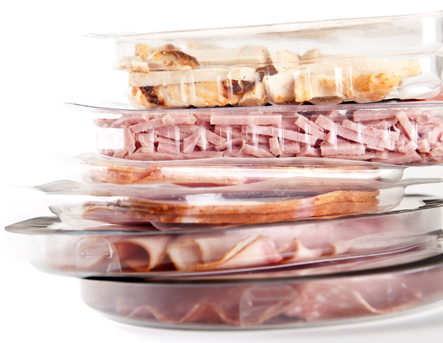Quick Guide - What does it take to pack in MAP?

The basic requirements to start packaging in MAP are:
- Gas - either premixed or bulk gasses mixed with a gas mixer
- Packaging material suitable for MAP - the permeability needs to match the expected shelf life
- Packaging machine suitable for MAP packaging
- Quality control or quality assurance equipment
From here on to:
- Shelf life studies with your own product, test of various gas mixes and foil types
- What is optimao for your product?
- Make a written procedure - gas contents/gas mix, residual oxygen, quality control how often etc.
Speak to:
- Consultants, gas companies
- Suppliers of quality control and quality assurance equipment
- Suppliers of foil
- Suppliers of packaging machines
When preparing to design MAP packaging, it is useful to prepare a "check list" containing answers to all these ten questions:
- Which is the problem I need to solve?
- Can modified atmosphere help me to solve it?
- Which are the qualities of my product?
- Which are the damaging events that need to be slowed down or removed?
- Which is the most suitable gas mixture?
- Which are the effects of gas on the chemical, physical, sensory and microbiological characteristics of my product?
- Which is the most suitable packaging material?
- Which should be the packaging size?
- How much product should be put into packaging?
- Am I choosing the most suitable technology to reach my target?
First winning move:
-
an accurate preliminary experimentation to "customise" atmosphere and prove the shelf life of the product
Second winning move:
-
choosing materials with a suitable permeability to oxygen and barrier property to water vapour
Third winning move:
-
choosing carefully the sealing temperature
Fourth winning move:
- Set up critical control points according to HACCP, typical control points are checking residual oxygen, gas mixture and seal integrity testing (leak test)
After this introduction it is correct to specify that in order to choose the right mixture it is essential to know in advance:
- Interactions between food and gas: for instance the solubility of carbon dioxide in food to the different temperatures and the organoleptic variations connected to gas dissolution
- Behaviour of micro flora in the selected atmosphere (a deep knowledge of this topic helps to avoid the risk of proliferation of anaerobic microorganisms or of an undesired selection of typical micro flora)
- Permeability of packaging materials to the used gas, considering the keeping temperature and the total surface
- Air tightness of packaging, that is the absence of micro holes and/or sealing lacks
- Perishability of food in air
- Effectiveness of the packaging operations and of air replacement, that is the choice of the most suitable packaging machine, of the gas supply and mixing system, the evaluation of the real composition of the introduced atmosphere and of the residual oxygen after packaging




